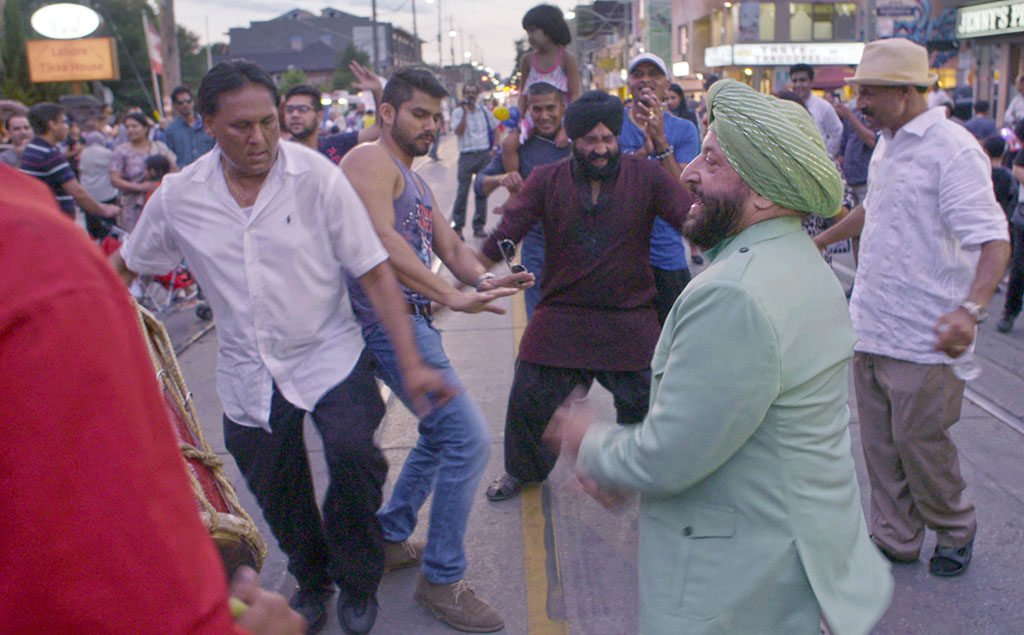
Little India: Village of Dreams explores the vibrant and diverse Toronto neighbourhood known as “Little India” or Gerrard India Bazaar. Behind myriad, colourful restaurants, beauty shops, clothing and grocery stores are the South Asian immigrants and entrepreneurs who founded this community 40 years ago. Now, the westernized second generation is adapting and reshaping these family businesses for the 21st Century.
Watch “Little India: Village of Dreams” on tvo.orgLeave a comment on TVO’s comment wall and share the film with friends and family. |
Watch the TrailerCheck out the trailer to learn more. |
The Agenda with Steve Paikin:
|
Meet the Villagers
|
Village of Dreams is a cross-platform documentary project
The project is comprised of a one hour film on TVO entitled Little India: Village of Dreams that premiered on July 1st/Canada Day on Canada’s 150th anniversary; a 70 min. festival film; the website www.villageofdreams.ca, a series of over twenty web portraits about the Bazaar and its entrepreneurs, a photo and non-fiction story contest entitled “What’s Your Bazaar Memory?” and a robust social media campaign which can be found @LittleIndiaTO #LittleIndiaTO.
More about Little India: Village of Dreams
Once accurately described as “Little India,” the stretch of Gerrard Street in Toronto’s East End that sprung up around a now-defunct Bollywood cinema, has morphed over a half-century into a “little subcontinent.”
As depicted in Nina Beveridge’s intimate documentary Little India: Village Of Dreams, the stresses of Old World conflicts and New World challenges have reshaped the neighbourhood. As a result, Little India is now pan-South Asian, with shops and restaurants representing Indian, Pakistani, Bangladeshi, Nepalese and Sri Lankan cultures (alongside gentrified Westernized coffee shops, galleries and health food stores).
Behind the storefronts, family dramas play out. Village Of Dreams introduces the patriarchs and matriarchs of Little India’s businesses, but focuses on the Millennials and Gen-Xers who feel the lure of Canadian life and conflicted loyalty to their parents’ legacies.
“I love it and I hate it,” says Ronak Diwan, of working in the Paan snack shop started by his father Raju. Henna artist Sumaiyah Shah edges away from her mother’s salon business to collaborate on an events company with her husband. Meanwhile, her athletically-inclined sister Aysha Khan makes plans to join the Toronto Police.
Others embrace their legacy – literally in the case of style-conscious Chandan Singh, whose very name was attached by his parents to the traditional wedding apparel store Chandan Fashion. Harleen Khorana’s red hair and pale complexion almost compels her to prove her “Indian-ness” by dedicating herself to her parents’ store Kala Kendar. And – still mourning the death of his father – Adam Sayani emerges in front of our eyes as a boyish community leader, sharing, with his mother Gulshan, the operation of the famous and popular Lahore Tikka House.
